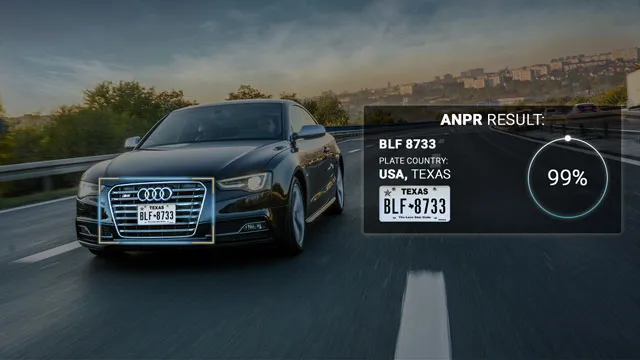The company says its advanced ANPR Lumo uses deep learning algorithms to capture number plates which include different font formats.
The ANPR Access V2, a successor of Nedap’s ANPR Access, is expected to offer improved performance while being compatible with existing installations.
Both cameras integrate parking and traffic management systems as well as third-party security systems using built-in Wiegand options - Wiegand is a wire communication interface between a card, fingerprint or other data capture device and a controller.
Maarten Mijwaart, managing director of Nedap, says: “The available options for configuration and interfacing have been enhanced and extended, making ANPR a viable option for installations all over the world.”
Nedap expands ANPR camera range
Nedap has launched two automatic number plate recognition (ANPR) cameras for vehicle access control applications.
The company says its advanced ANPR Lumo uses deep learning algorithms to capture number plates which include different font formats.
The ANPR Access V2, a successor of Nedap’s ANPR Access, is expected to offer improved performance while being compatible with existing installations.
Both cameras integrate parking and traffic management systems as well as third-party security systems using
November 22, 2018
Read time: 1 min









